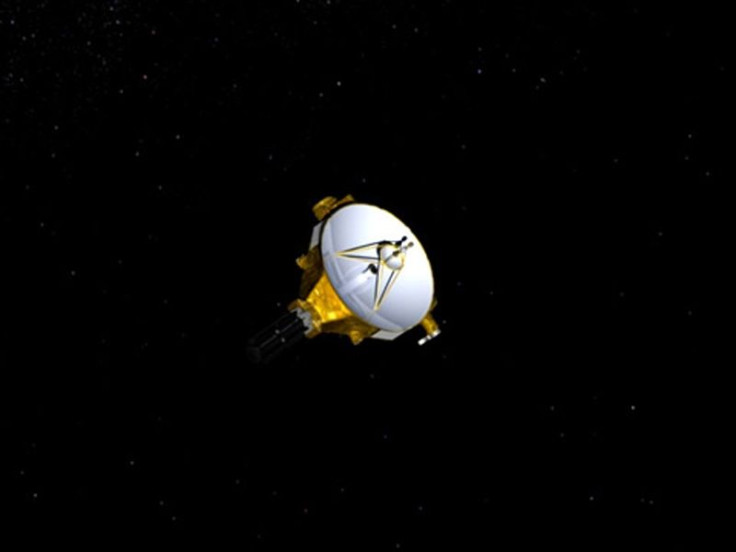New Horizons’ Closest Shot To Pluto Delivers New Close-up Discoveries

The achievement of the New Horizons spacecraft made history, but scientists are alarmed that the mission would be unsuccessful. Scientists see that the huge distance between Earth and Pluto has disabled the communication with the spacecraft that may lead to failure in navigating the flyby.
The New Horizons Spacecraft made the manoeuvres on Tuesday to capture the picture of the “King of the Kuiper Belt” after decades of mankind exploration to the solar system. It is the first time for a planet to be explored after the past era of discovering the rocky inner planets to the gas giants in the middle of the system, and now, at the edge of the solar system.
The New Horizons was programmed to study and deliver images of Pluto, its largest moon Charon and the surrounding system to provide scientists the data what makes the “dwarf planet” a certified planet.
As scientists and the public are waiting for the first ever close-up images of the dwarf planet, the team that leads the exploration celebrated as the Pluto flyby was successfully done. At the New Horizons headquarters at Johns Hopkins University Applied Physics Lab in Maryland, everybody was on their feet to credit the success of the flyby to explore Pluto more closely.
With crowds celebrating, the associate administrator for NASA's Science Mission Directorate, John Grunsfeld, said in a statement that the close observation to the system of Pluto is a great leap of science, adding that the New Horizons’ approach to Pluto “will help us better understand the origins of the Solar System."
Meanwhile, Alan Stern, New Horizons principal investigator, said that "the New Horizons team is proud to have accomplished the first exploration of the Pluto system," then added that "this mission has inspired people across the world with the excitement of exploration and what humankind can achieve."
The New Horizons spacecraft already have made a significant discovery in the Pluto system: the true size of Pluto. The newly recorded data pushed scientists to recalculate the size of the dwarf planet with the new the figure that adds about 50 kilometres (30 miles) to Pluto’s width, giving it a diameter of 2,370 kilometres (1,473 miles).
The discovery and recalculation process will be used to prove that Pluto is larger than the other dwarf planet called Eris. It was recently discovered in 2005, measuring 34 kilometres (28 miles).
Pluto was demoted with the planetary description into an “object,” as Eris, before the recalculation with New Horizons' data, was considered to be a quarter more massive. The recalculation resolved the mystery in the measurement of the true size of Pluto, said mission scientist Bill McKinnon. “The size of Pluto has been debated since its discovery in 1930. We are excited to finally lay this question to rest,” he said.
But the New Horizons scientists see the tendency that the spacecraft may not successfully navigate the flyby as communication was disabled with the headquarters because of the huge distance between Earth and Pluto and complicated plan of manoeuvres. “We're flying into the unknown. This is the risk you take with all kinds of exploration,” Stern said, considering the chance that the spacecraft could be damaged by the floating dust or debris in the Kuiper Belt.
The distance of the spacecraft of 3 billion miles away from Earth is the factor that makes the wait for the collected data and images to be transferred back to the scientists longer. If the New Horizons’ flyby at the Pluto system becomes successful, the spacecraft will fly at several Kuiper Belt Objects (KBOs). The energy of the spacecraft can be sustained until 2030s to provide more close-up data from Pluto and its system.
Scientists are expecting for New Horizons’ Pluto encounter to provide major discoveries in late 2015 and the upcoming year that will serve mankind for years to come.
To contact the writer, email: darwinsamuelm.malicdem@gmail.com





















